
A phase III study of axitinib as a front-line therapy for metastatic renal cell carcinoma did not meet its primary endpoint of demonstrating a longer median progression-free survival than sorafenib.

A phase III study of axitinib as a front-line therapy for metastatic renal cell carcinoma did not meet its primary endpoint of demonstrating a longer median progression-free survival than sorafenib.

Stereotactic body radiation therapy is being compared to standard surgery in a phase III trial in high-risk operable patients with early-stage non–small-cell lung cancer.

Pazopanib appears to be another good option for first-line therapy of metastatic renal cell carcinoma along with sunitinib.
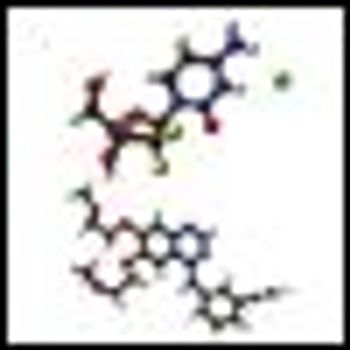
Maintenance therapy with both gemcitabine and erlotinib improved progression-free survival in patients with non–small-cell lung cancer who were initially treated with cisplatin-gemcitabine induction chemotherapy, according to a new phase III trial.

WARNING: IMMUNE-MEDIATED ADVERSE REACTIONS YERVOY (ipilimumab) can result in severe and fatal immune-mediated adverse reactions due to T-cell activation and proliferation. These immune-mediated reactions may involve any organ system; however, the most common severe immune-mediated adverse reactions are enterocolitis, hepatitis, dermatitis (including toxic epidermal necrolysis), neuropathy, and endocrinopathy. The majority of these immune-mediated reactions initially manifested during treatment; however, a minority occurred weeks to months after discontinuation of YERVOY. Assess patients for signs and symptoms of enterocolitis, dermatitis, neuropathy and endocrinopathy and evaluate clinical chemistries including liver function tests (LFTs) and thyroid function tests at baseline and before each dose. Permanently discontinue YERVOY and initiate systemic high-dose corticosteroid therapy for severe immune-mediated reactions.

Patients with refractory non-small cell lung cancer had a statistically significant improvement in PFS when treated with targeted therapy duo versus a single agent.

Three-fourths of patients with advanced hepatocellular carcinoma associated with hepatitis C infection achieved disease control with antibody therapy directed at a T-cell antigen.
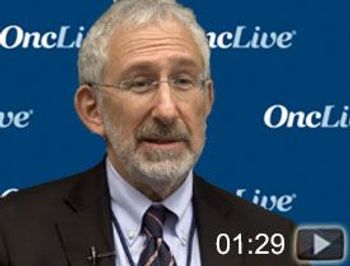
A recent study suggests patients may be selected for therapy based on the number of EGFR gene copies, and evaluated for clinical benefit based on the severity of the rash that often develops.
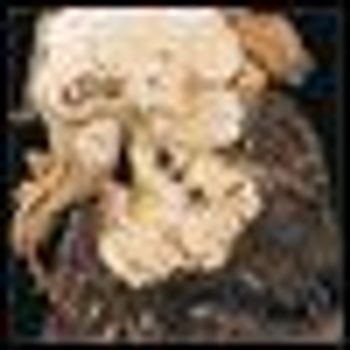
Final results of the PARAMOUNT study in non-squamous non–small-cell lung cancer confirmed improved survival with continuation pemetrexed maintenance therapy.

Avalanche Biotechnologies Inc. and Lonza have announced a manufacturing collaboration focused on process development and scale-up efforts for the manufacturing of adeno-associated viral (AAV) vectors for gene therapy.

Osiris Therapeutics said it has received approval from Health Canada to market its stem cell therapy Prochymal for the treatment of acute graft-vs-host disease in children.

Cyanocobalamin, the most abundant form of vitamin B12, might be a neuroprotectant that potentially could also be used as a therapy to slow retinal ganglion cell death in patients with optic neuropathies characterized by overproduction of superoxide, said Wesley Chan, MSc.

Gene transfer therapy is being studied to explore the pathophysiology of glaucomatous increases in IOP and identify new target genes and delivery mechanisms for treating glaucoma in the future, said Abbot Clark, PhD.

Five gene therapy trials are under way in Leber's congenital amaurosis (LCA)-three in the United States, one in the United Kingdom, and one in Israel. William W. Hauswirth, PhD, reviewed the advances in gene therapy treatment of LCA.
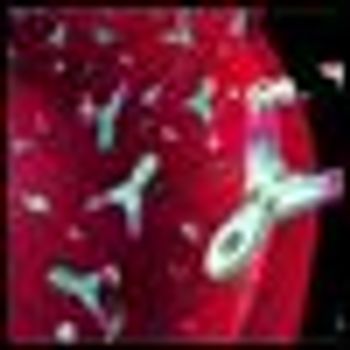
Maintenance therapy with bevacizumab following combination therapy with bevacizumab, pemetrexed, and carboplatin could be an effective treatment for patients with advanced, nonsquamous non-small-cell lung cancer (NSCLC), according to a new study.

Minimally invasive transoral robotic surgery, used alone or combined with adjuvant therapy, provides good functional and oncologic outcomes in patients with oropharyngeal squamous cell carcinoma.

The presence of a mutation in the MEK1 gene in melanoma patients does not cause resistance to BRAF inhibitor therapy in patients that also carry a BRAF mutation, according to a new study. Previously, experts believed that resistance to the drugs in BRAF-mutated melanoma patients could likely be blamed on the concurrent mutation in MEK1.
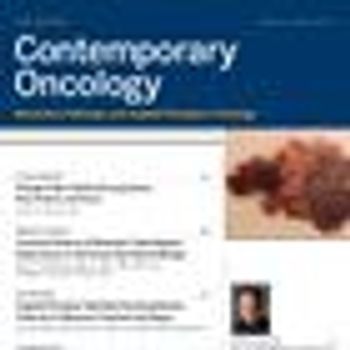
New and relevant studies are examining the role of histology, biomarkers, and growth factor receptor inhibitors in the treatment of NSCLC.

Renal cell carcinoma (RCC) had historically been regarded as a disease that was refractory to therapy once surgical options had been exhausted.

The article by Posadas and Figlin on systemic therapy in advanced renal cell carcinoma (RCC) provides a very interesting and comprehensive review of our current knowledge concerning the treatment of RCC.

Axitinib has shown promising results in phase II and III trials, including the AXIS trial in patients with metastatic clear cell RCC who failed on other treatments.

A novel treatment method called stem cell educator therapy appears to reverse the effects of type 1 diabetes, researchers at the University of Illinois at Chicago and colleagues in China report.

In this video, Dr. Neil Riordan, Founder and President of the Stem Cell Institute in Panama, discusses the scientific rationale for using adipose tissue-derived stem cells and T-regulatory cells to treat MS and rheumatoid arthritis.

Researchers in Israel have completed a clinical trial that successfully tested the use of gene therapy to restore sight to patients suffering from Leber's congenital amaurosis (LCA).

Multiple myeloma (MM) remains incurable despite the current approaches used in initial therapy, including more effective induction therapy, one or more autologous stem-cell transplants, and consolidation/maintenance strategies.

In a Cleveland Clinic video, William Rigby, MD, of Dartmouth Medical School, discusses B-cell and T-cell-directed therapy for rheumatoid arthritis.
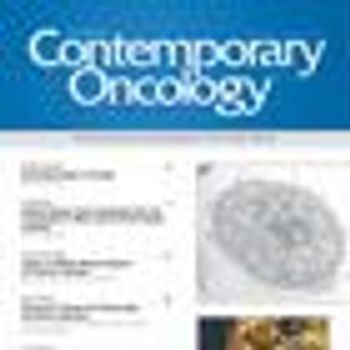
Diffuse large B-cell non-Hodgkin lymphoma is typically a chemotherapy-sensitive malignancy, justifying dose-intense therapy with hematopoietic stem cell transplantation for patients unlikely to achieve cure with standard-dose regimens.

Stem cell-based therapy is an important potential treatment to restore vision in patients with a wide range of retina disease.
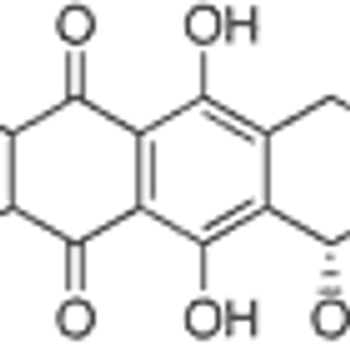
Amrubicin improved response rates, improved progression- free survival (PFS), and achieved enhanced symptom control with acceptable toxicity compared with topotecan.
